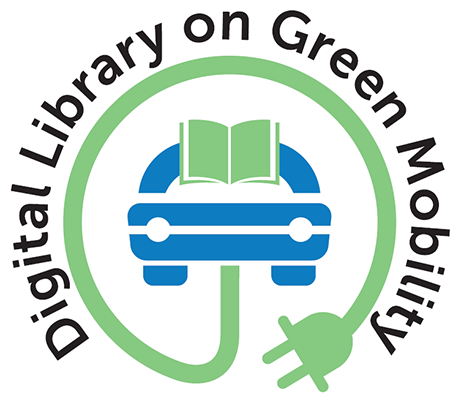
On the Sustainability of Electric Vehicles: What About Their Impacts on Land Use?
Publication Year: 2021
Author(s): Orsi F
Abstract:
Electric vehicles (EVs) are widely regarded as the key to finally making private mobility clean, yet virtually no research is being conducted on their potential contribution to the expansion of impervious surfaces. This study aims to start a discussion on the topic by exploring three relevant issues: the impact of EVs’ operating costs on urban size, the space requirements of charging facilities, the land demand of energy production through renewables. Given cheaper operating costs compared to conventional vehicles, EVs might lead a 100 km2 European city to increase by about 0.2− 1 km2 (depending on adoption rate and the fuel price to electricity price ratio) and an equally-large North-American city to increase by about 1− 4 km2 . Energy production would also have significant impacts, with Europe and the US potentially having to devote up to 5,000–6,000 km2 of land to photovoltaic panels or 56,000–70,000 km2 to wind turbines. When switching to a BEV, a household's total mileage could increase by 6% in the short term and up to 18% in the long run, based on current ICEV efficiency and energy prices. The creation of charging spaces would have only minor effects in terms of overall land requirements, though attention should be paid as to whether easier charging in detached and semi-detached homes might increase the appeal of this land-intensive dwelling types. Research is needed to improve our understanding of these dynamics. This study has shown that cheap fuel and energy production may have the largest implications for land use as the former can induce a significant increase in urban size due to the expansion of low-density areas, especially in North America, whereas the latter may require potentially huge extents of land to be devoted to solar and wind power plants. The slow charging rate of EVs, and therefore the need for a very high number of charging points, does not seem to have significant direct consequences on land use, though it might potentially induce negative urbanization dynamics should low-density settlements become more attractive for their greater compatibility with EVs. Regarding energy production, it is crucial to assess whether and how the additional energy demand due to the use of EVs can be satisfied through renewables in a way that causes minimum losses in the provision of key ecosystem services for human well-being.
Source of Publication: Sustainable Cities and Society
Vol/Issue: 66, 102680: 1-9p.
DOI No.: 10.1016/j.scs.2020.102680
Publisher/Organisation: Elsevier Ltd.
Rights: CC BY license (http://creativecommons.org/licenses/by/4.0/)
Theme: Vehicle Technology | Subtheme: Electric vehicles
Related Documents
Journals
World Electric Vehicle Journal
Published Year: 2007
Abstract:
The World Electric Vehicle Journal is the first peer-reviewed international scientific journal... Read More
Journals
International Journal of Electric And Hybrid Vehicles
Published Year: 2007
Abstract:
International Journal of Electric and Hybrid Vehicles (IJEHV) is a quarterly publication and p... Read More



